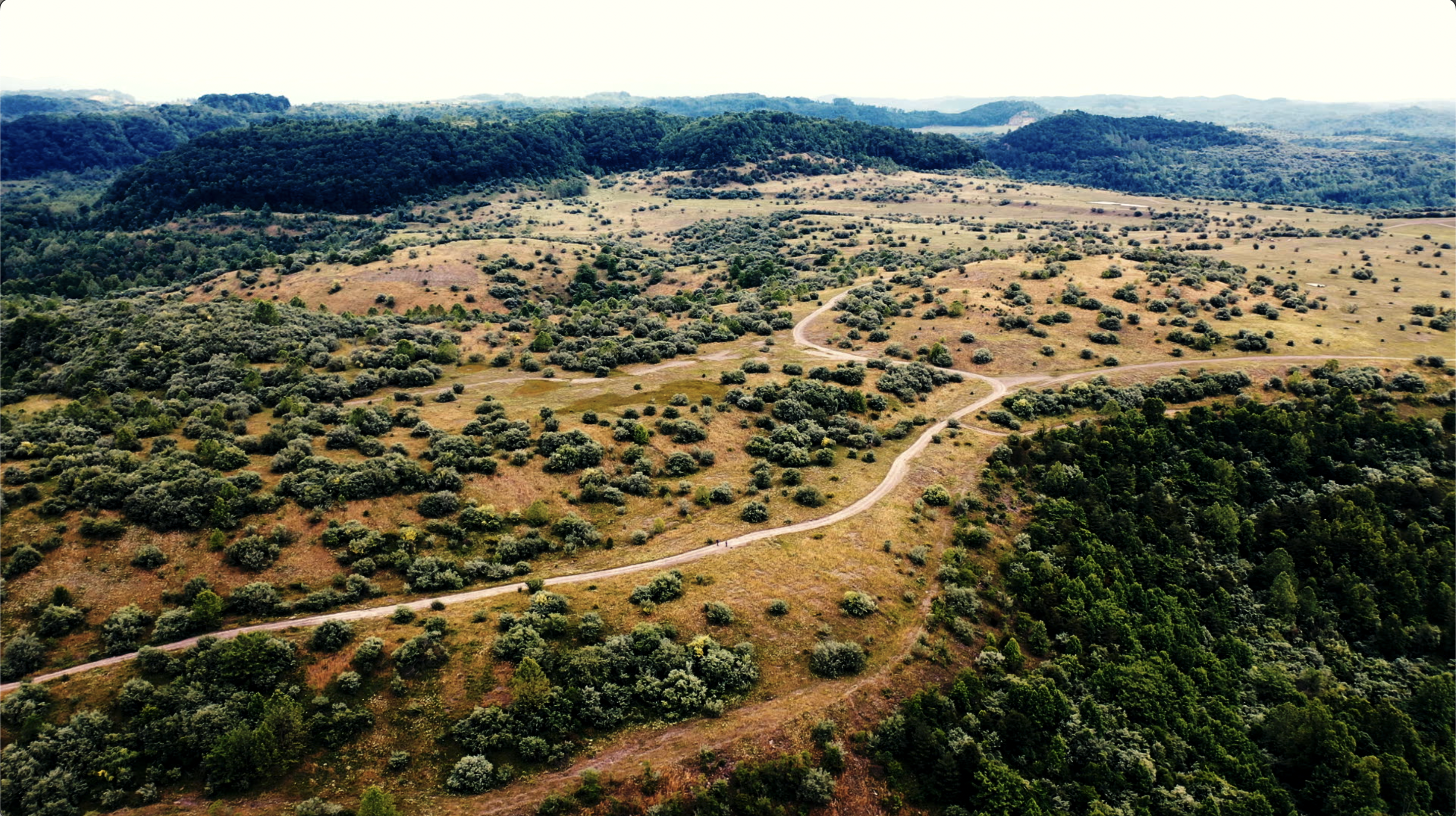Last week the House and Senate missed a critical opportunity to support the Virginia Brownfield and Coal Mine Renewable Energy Grant Fund and Program. The program, administered by Virginia Energy and fully supported by lawmakers across the political spectrum, was set to earmark funds for renewable energy projects located on potentially hazardous, abandoned or underutilized sites, including previously coal-mined lands.
But this misstep does not mean all opportunity is lost. Now is the time for Virginia’s elected leaders to recognize the urgency of emphasizing projects that preserve Virginia’s farm and forestry lands, respect local land use, and drive grid reliability.
Once they do, Virginians will directly benefit from a brownfields-to-brightfields revitalization.
What are brownfield-to-brightfield projects?
Brownfields are properties with limited uses where redevelopment is complicated by contamination, hazardous materials, pollution or previous disturbance. Virginia has thousands of such sites, including over 100,000 acres of former mining land. Repurposing these areas supports job growth, strengthens local tax bases and revitalizes communities while reducing pressure on undeveloped land and helping preserve rural character and farmlands.
Meanwhile brownfields also often have key attributes that make them ideal for solar development, including existing infrastructure, proximity to the power grid and open, unshaded land. By deploying solar in deteriorated brownfields like abandoned surface mines, communities can turn vacant, idle industrialized land into “brightfields” — enriching the local environment and economy, while reenergizing surrounding communities. 
From liability to opportunity: Three reasons to invest in brightfields
By transforming former industrial sites into hubs of solar energy, brightfields offer a triple win for Virginia’s energy grid, economy and land use.
- Brightfields strengthen Virginia’s energy grid. According to a JLARC report issued last December, the data center industry boom in Virginia is already driving up energy demand — with growth expected to continue for the foreseeable future. To keep up, the Commonwealth may need to deploy solar at twice its current deployment rate, alongside other power sources. Brownfield solar projects provide a strategic way to meet this demand without compromising farmland or rural landscapes — offering a practical solution that appeals across ideological lines.
- Brightfields support local land use and economic development. Virginians value responsible land use, and for many local landowners, that means having the freedom to make smart, financially sound decisions about their property. Brightfields offer a unique opportunity to revitalize degraded lands while strengthening local economies.
- Brightfields make good use out of what is otherwise unusable land. Brownfield sites are largely unused/vacant due to limited opportunity for alternative redevelopment. Solar isn’t the only option for these types of sites, but it can be a great fit because the drawbacks of traditional development on sites like these are irrelevant for solar use.
The importance of funding brightfields
Brightfield projects offer clear benefits, but they also come with significant costs that can make development financially prohibitive.
Unlike traditional solar installations, these projects often require extensive (and expensive) remediation before and even during construction. Formerly mined sites are highly unpredictable due to their complex histories, making it hard to anticipate all the challenges that may arise during development. While developers can plan for known risks — like additional geotechnical studies and survey costs, for example — unexpected discoveries can introduce unforeseen expenses that weren’t accounted for. The biggest obstacle in development is uncertainty; while predictable costs can be factored into financial planning, unplanned issues can derail projects entirely.
Encouraging development on these sites — and partnering with development firms who are willing to take on the additional cost and complexity of overemphasizing these sites in their portfolios — is the right thing to do. Funding these projects is critical for Virginia because it helps local developers manage both the expected and unexpected costs, ensuring advantageous projects can move forward despite the inherent uncertainty. The Virginia Brownfields and Renewable Energy Grant Fund was designed to do exactly that. Virginia lawmakers must revitalize this critical funding effort in the next session or risk losing out.
Upcoming solar and energy storage projects on reclaimed mining sites showcase what’s possible when funding is made available. For example, The Nature Conservancy, ENGIE and Sun Tribe Development recently partnered to establish 14 solar projects on former coal mines in the globally important Appalachian forests. These initiatives serve as a strong case for investing in programs that facilitate responsible, community-driven renewable energy development. Sun Tribe, for instance, became the first solar developer in Virginia to site an array on an abandoned coal mine, demonstrating that these projects can succeed with the right support.
A brighter path for Virginia’s energy future
Let’s be clear: Funding brightfield projects is not about indiscriminate solar expansion — it’s about targeted, responsible development in communities that welcome these projects. Localities want these investments, but the lack of financial mechanisms makes them difficult to realize.
Virginians value responsible land use, grid reliability and clean air and water. Lawmakers may have missed the chance this session, but the opportunity granted by funding brownfield-to-brightfield programs is increasingly clear.
It’s time for lawmakers to see the light, and get ready to fund the programs that will make these projects a reality.




